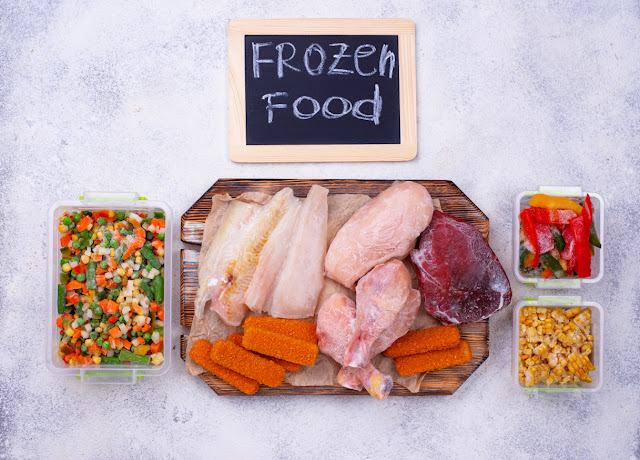Frozen Food Market Emerging Demands, Size & Revenue, Business Prospects to 2028
The Frozen Food Market has undergone significant transformations in recent years. With changing lifestyles, busy work schedules, and growing health consciousness, consumers are increasingly turning towards convenient and healthy food options. This has resulted in a surge in demand for frozen foods, which offer the perfect balance of convenience, taste, and nutrition.
Here Are Some Key Developments In The Frozen Food Market:
Health and Wellness: With consumers becoming more health-conscious, there has been a significant shift towards healthier frozen food options. Frozen fruits and vegetables, for instance, are gaining popularity as they are seen as a convenient and healthy alternative to fresh produce. Additionally, frozen meals that cater to specific dietary requirements, such as gluten-free, vegan, or low-carb, are also becoming increasingly popular.
Revenue for the global Frozen Food Market was estimated at US$ 167116.37 Million in 2021, growing at a CAGR of 4.84% over the projected period (2022 to 2030).
Technology Advancements: Technology has played a crucial role in the development of the frozen food industry. Innovations in freezing technologies have led to better quality and longer shelf life of frozen foods, making them more accessible to consumers. Advancements in packaging technologies have also helped preserve the nutritional content of frozen foods and ensure their safety during transportation.
Sustainable Packaging: Sustainable packaging has become a key concern for consumers and the frozen food industry has responded by adopting environmentally-friendly packaging options. Companies are now using biodegradable materials, such as plant-based plastics, to reduce their environmental impact. Some are even exploring innovative packaging solutions, such as edible packaging, to reduce waste.
Flavors and Fragrances are an integral part of our daily lives. Whether we are enjoying a delicious meal or using a scented product, these sensory experiences are often enhanced by the addition of carefully crafted flavors and fragrances.
Regional and Ethnic Flavors: With globalization and increased travel, consumers are becoming more exposed to different cultures and cuisines. This has resulted in a growing demand for frozen foods that offer regional and ethnic flavors. Companies are now offering frozen meals inspired by different cuisines, such as Indian, Mexican, and Italian, to cater to this demand.
Online Retail: The rise of e-commerce has revolutionized the Frozen Food Market. Consumers can now conveniently shop for frozen foods online, with many companies offering home delivery services. This has made it easier for consumers to access a wider range of frozen food options, regardless of their location.




Comments
Post a Comment